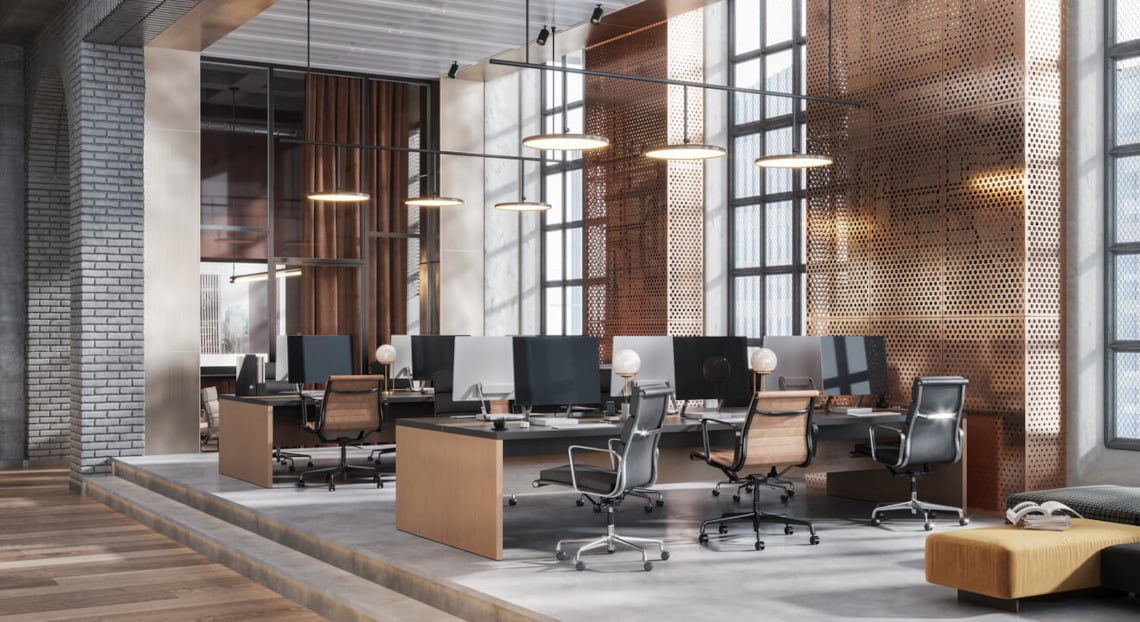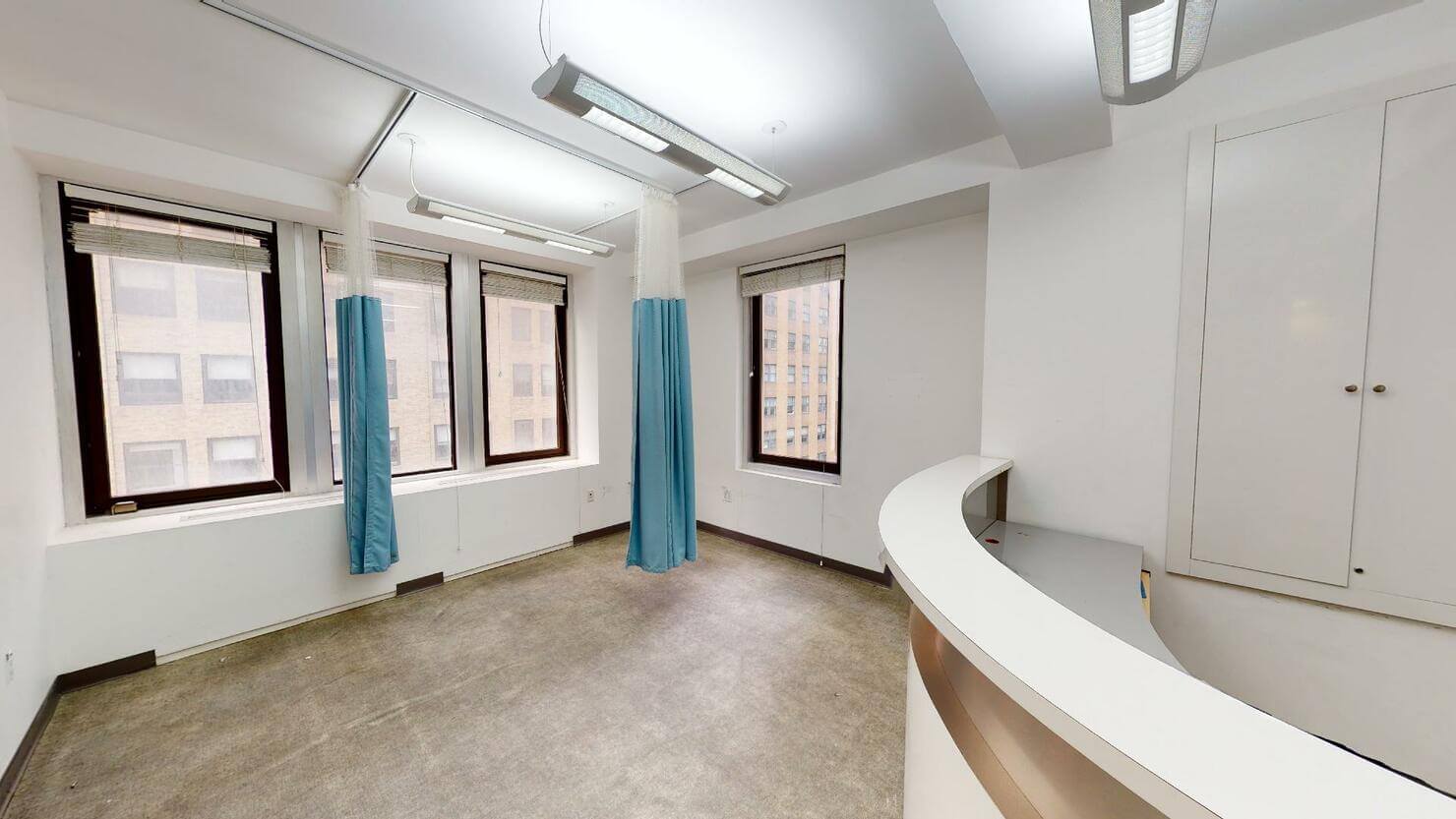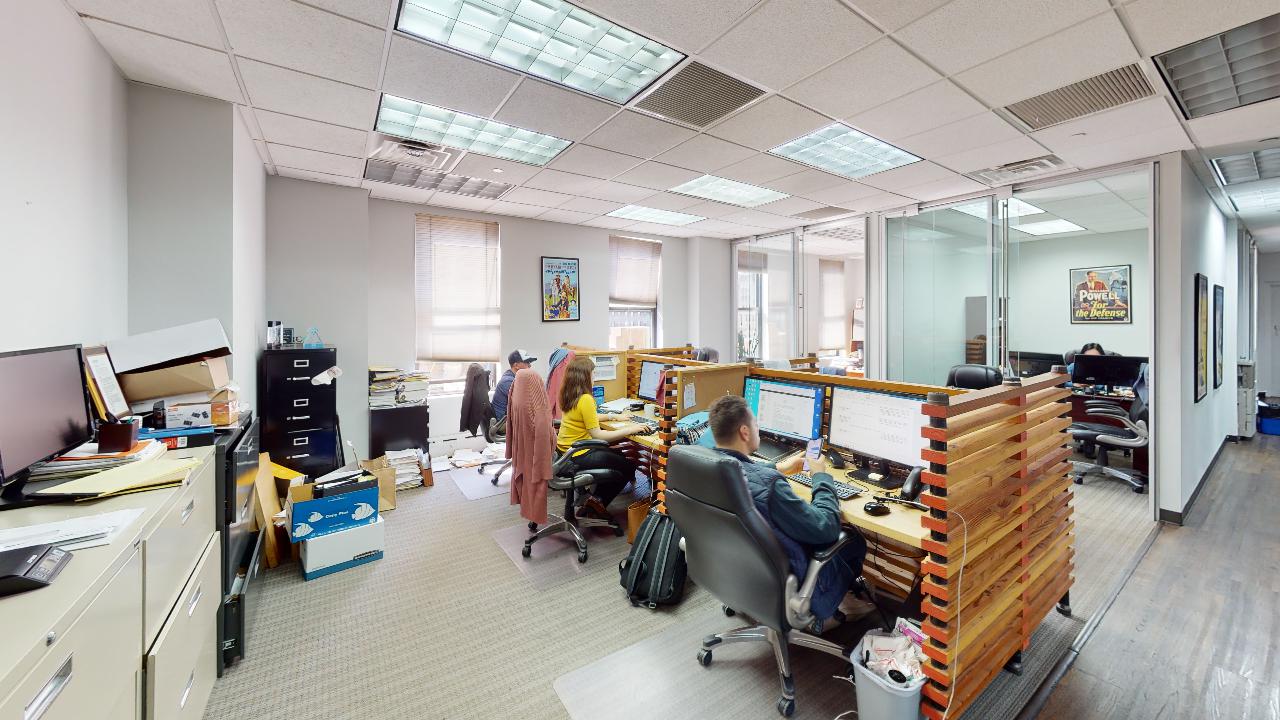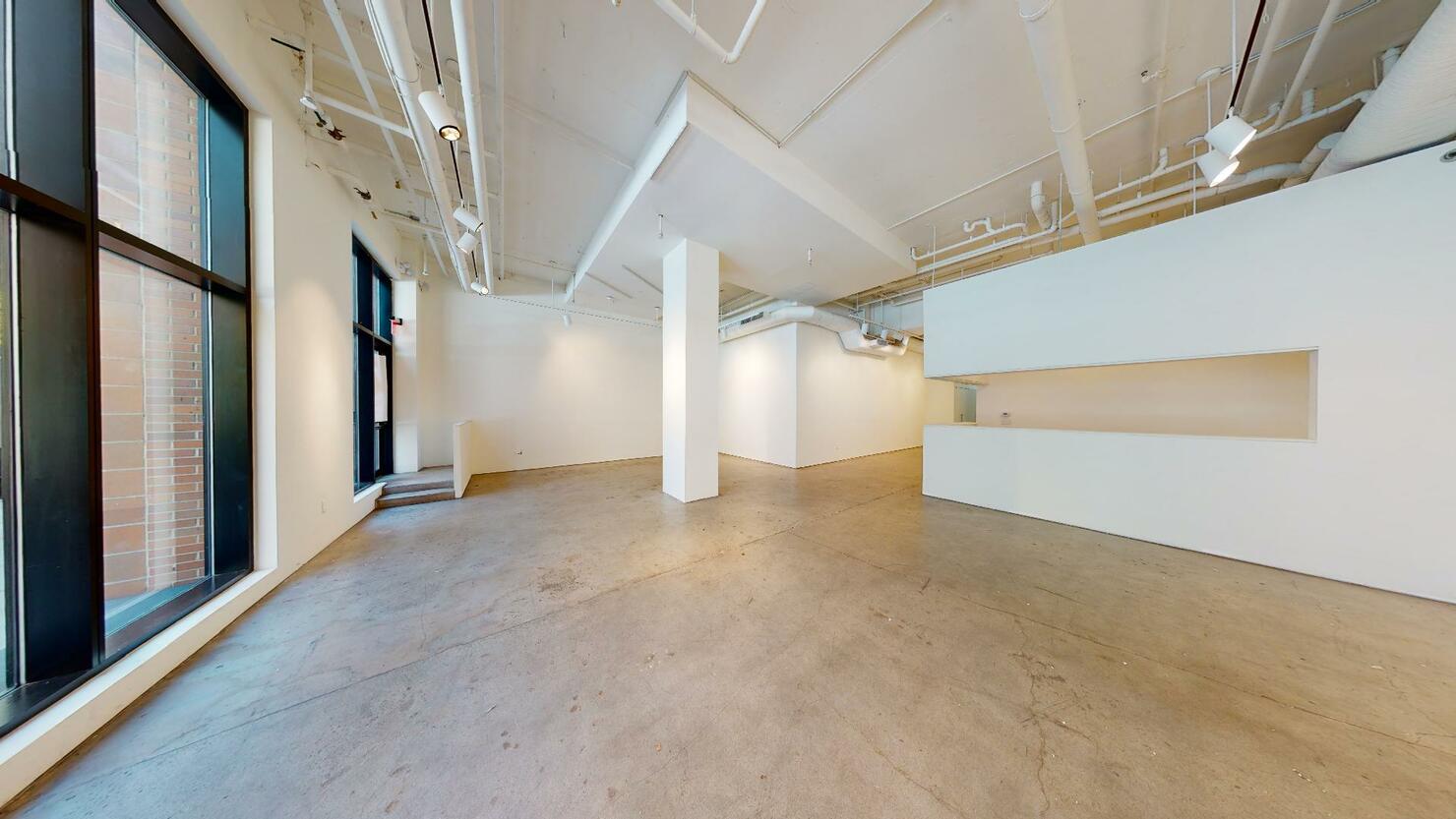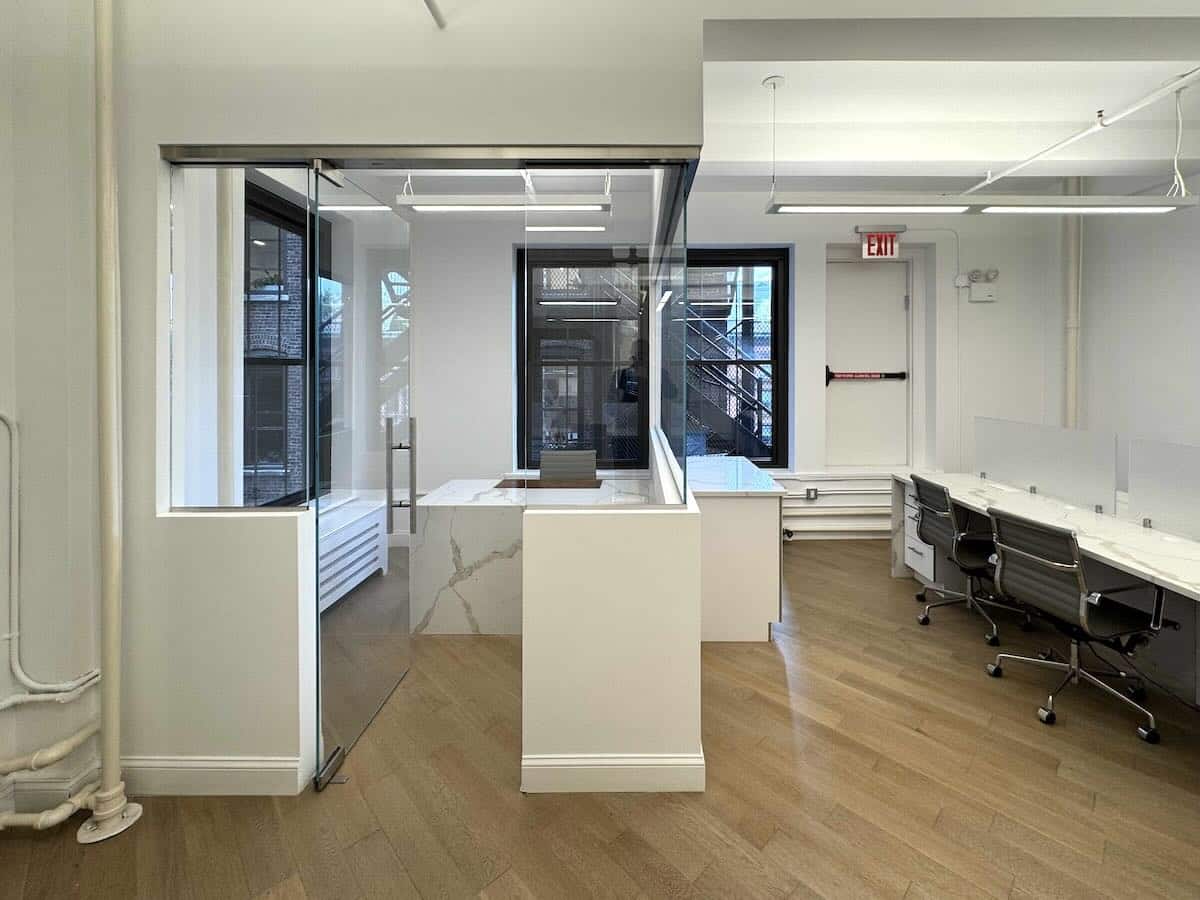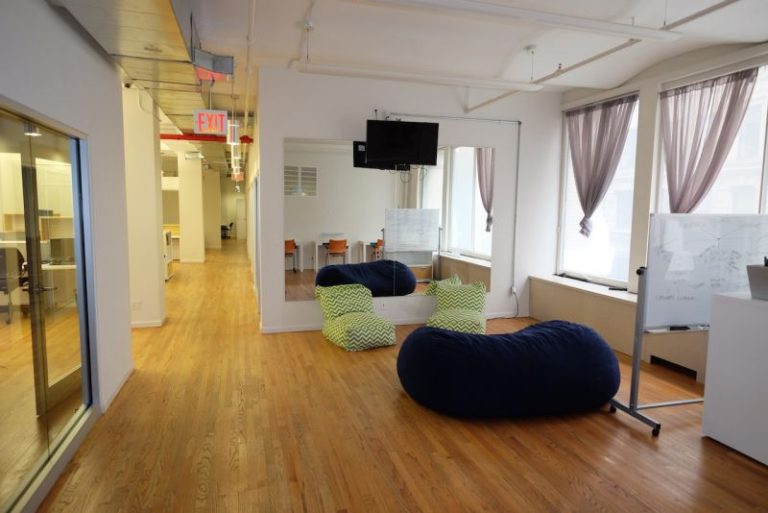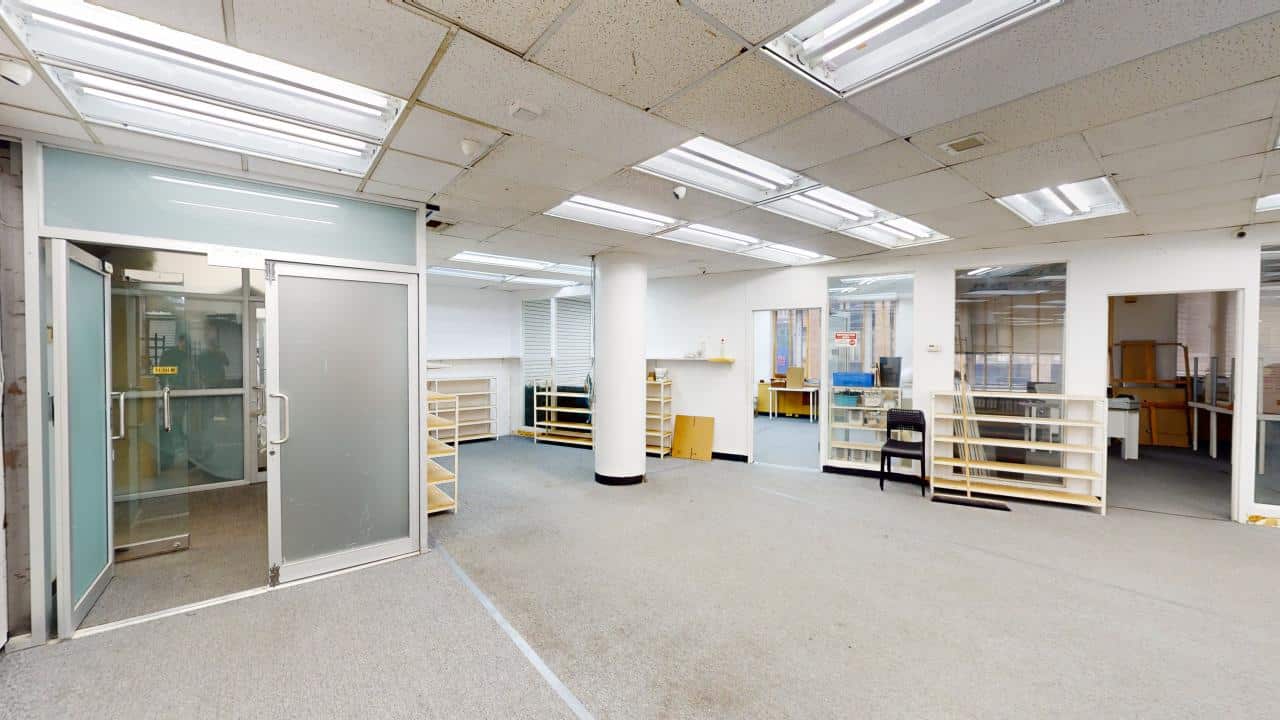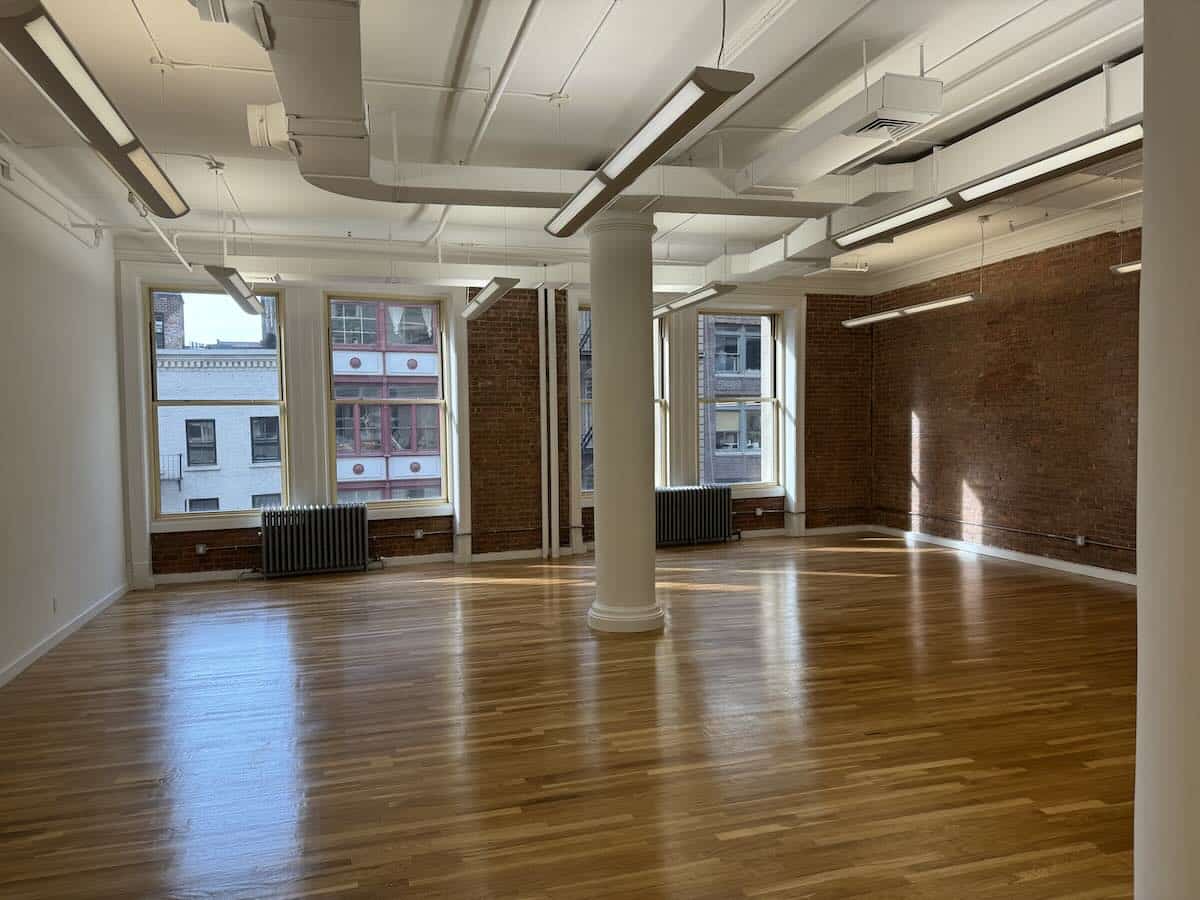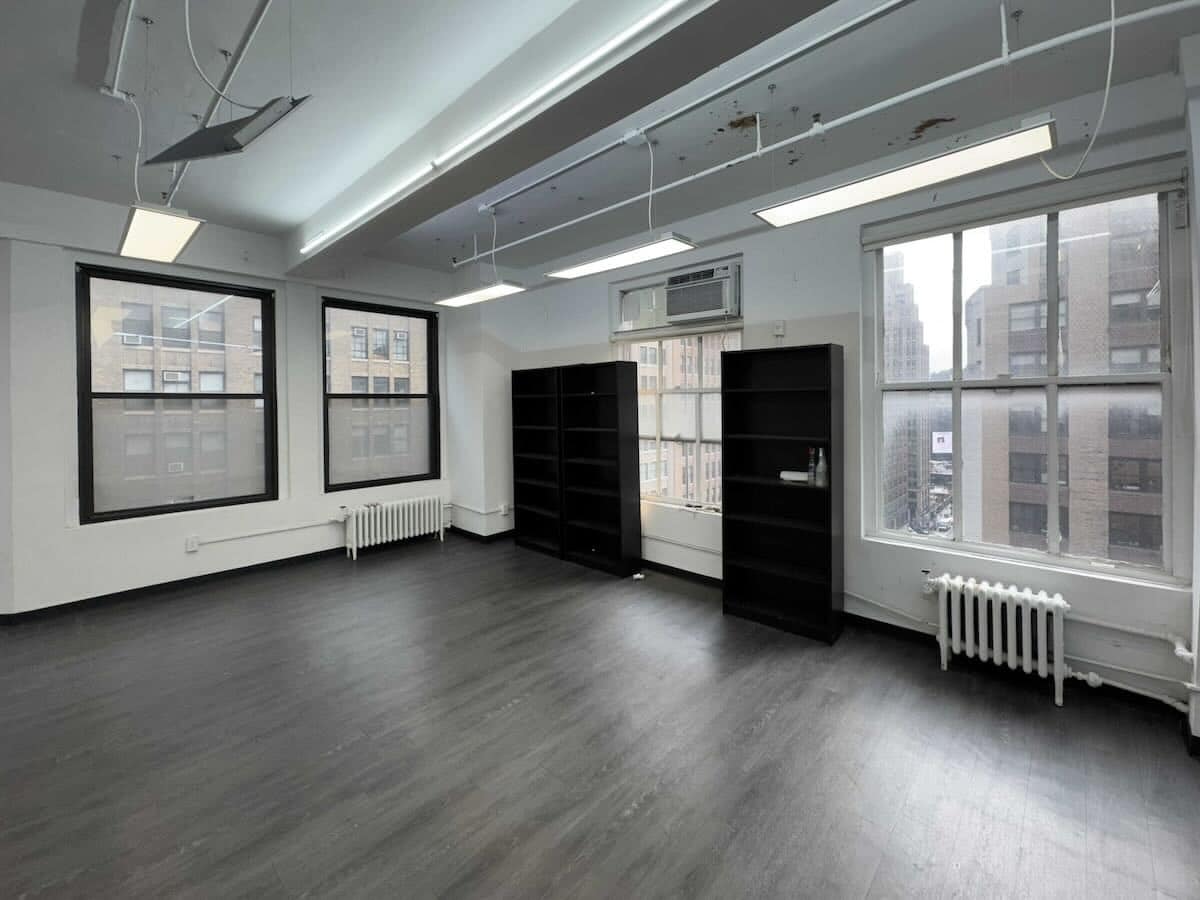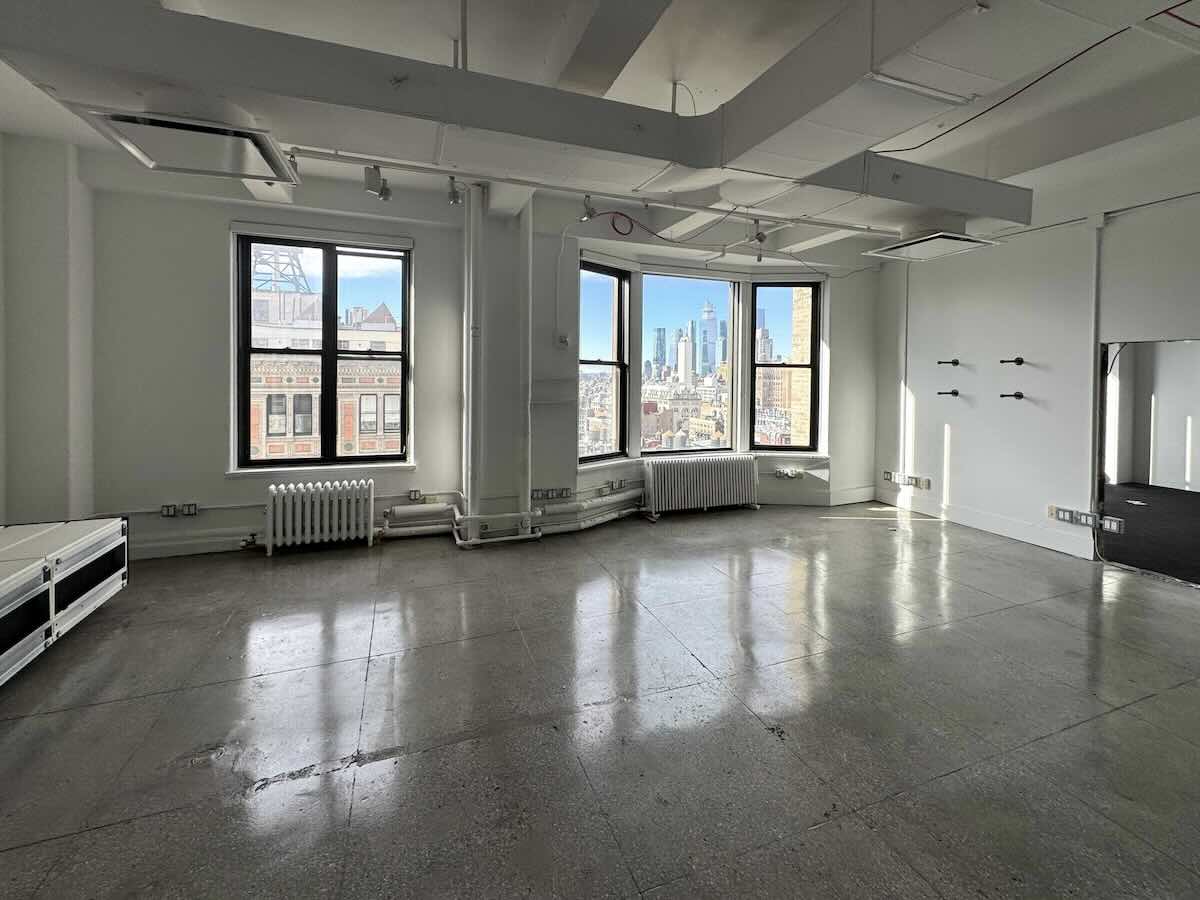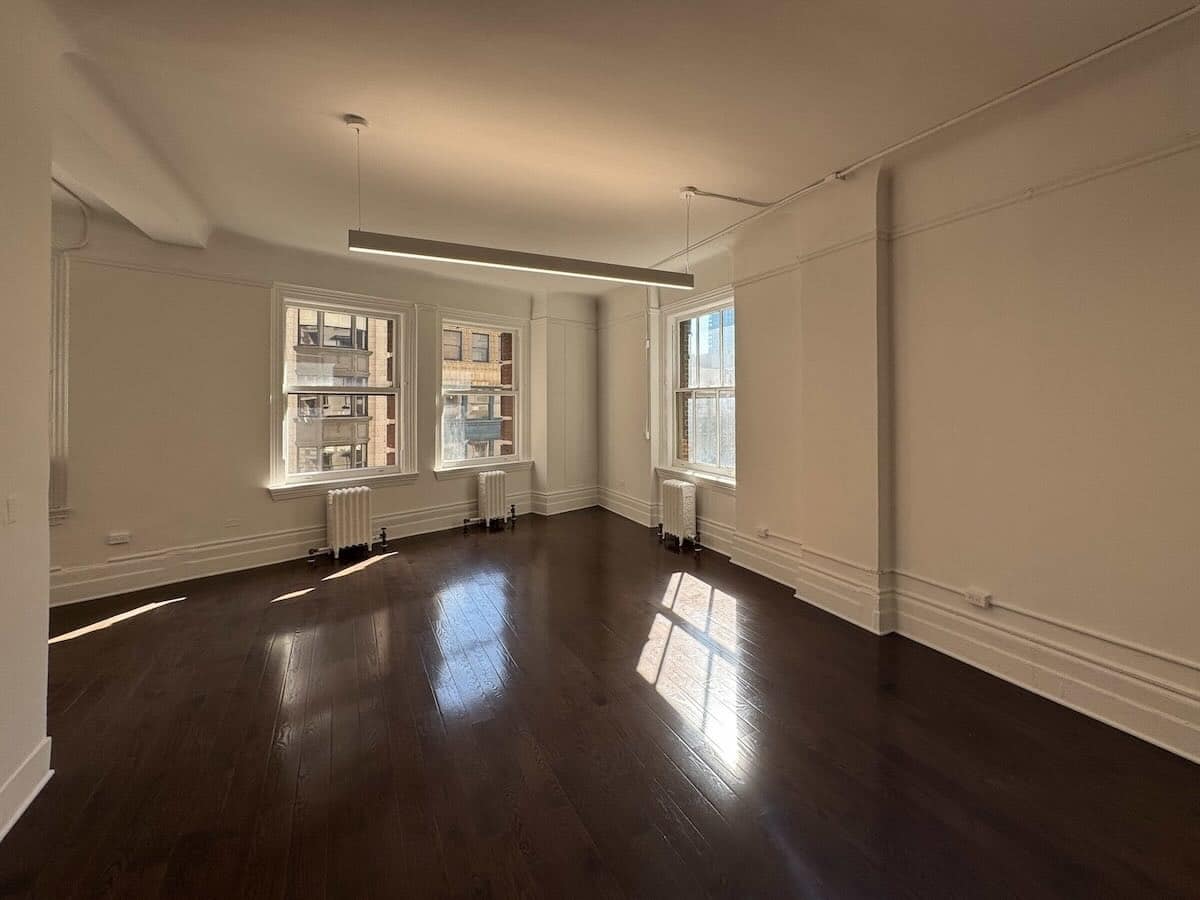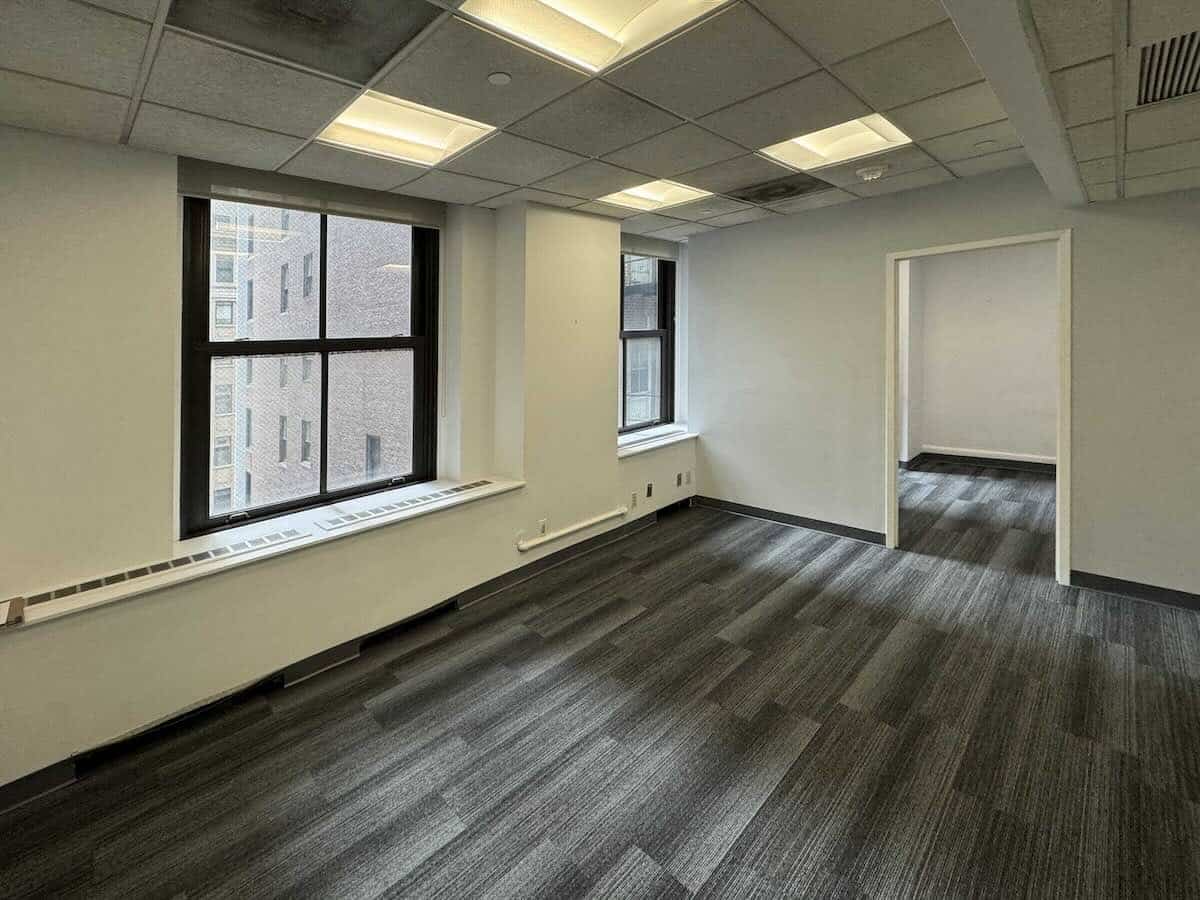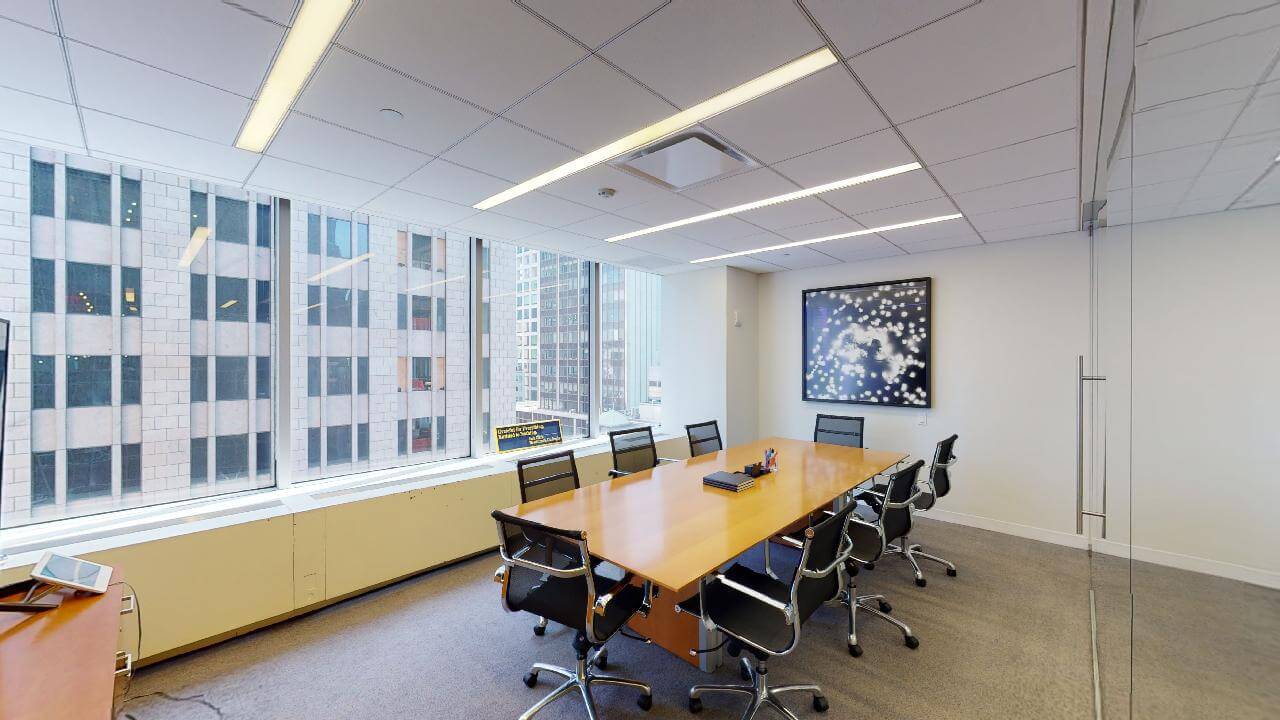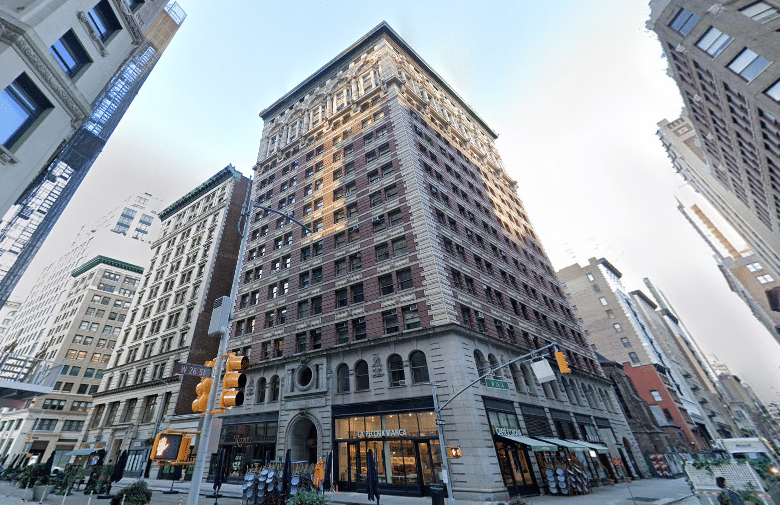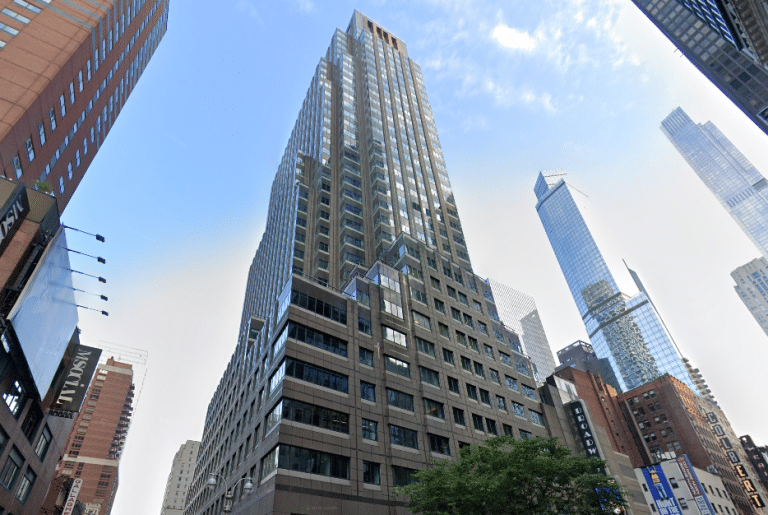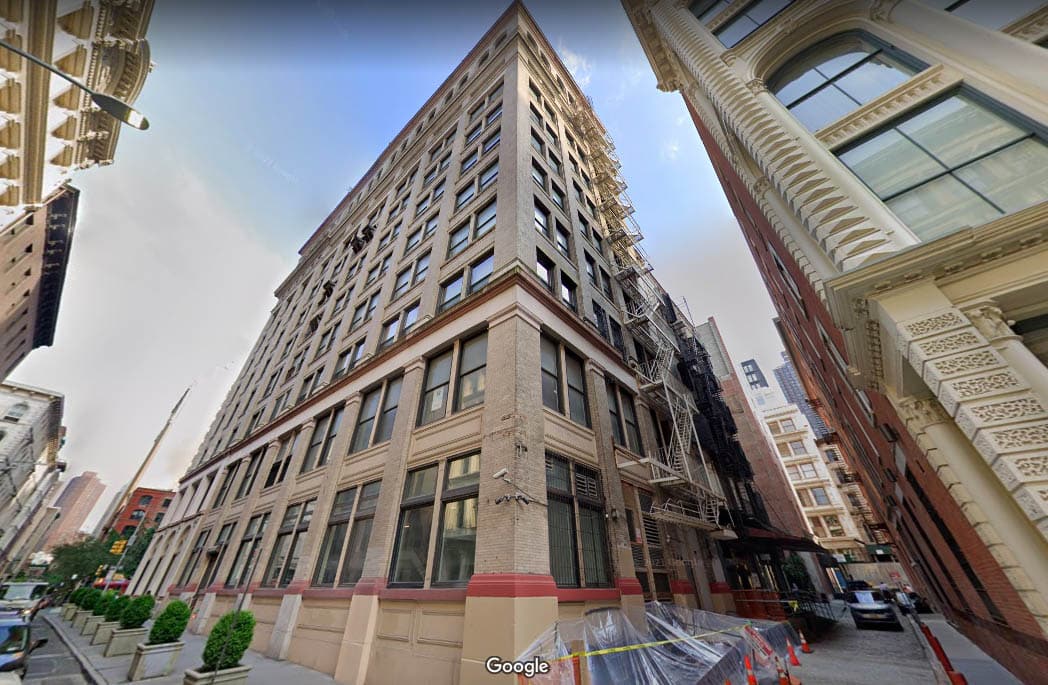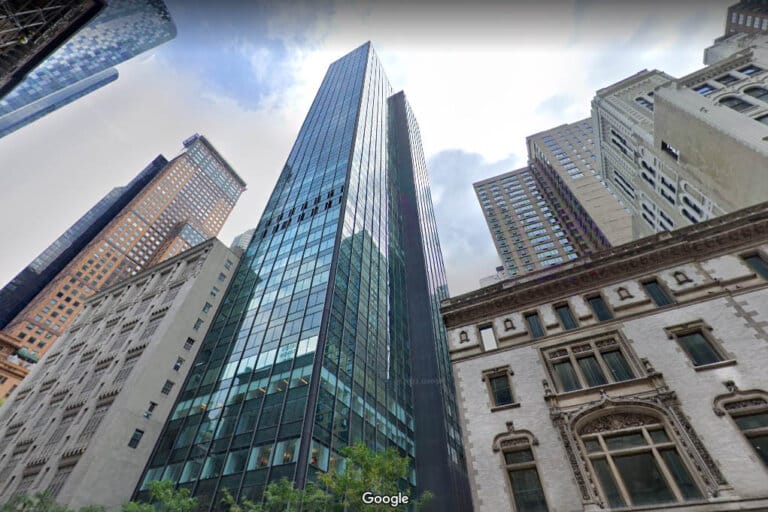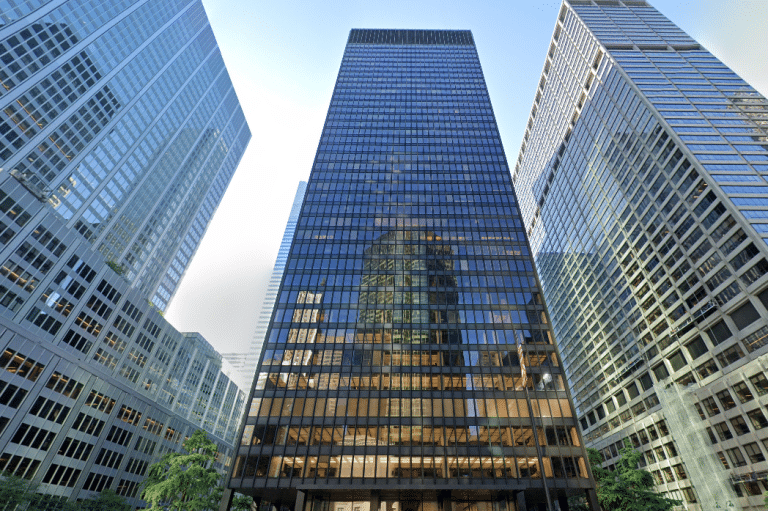Staging in real estate isn’t just about fluffing pillows and hanging pictures—it’s a powerful tool to sell or lease a space fast and at a favorable price to maximize value. In residential settings, staging transforms a house into a home, showing potential buyers the cozy breakfast nooks and relaxing living areas where they can start their new life. It’s a proven strategy. 81% of buyer’s agents say that staging a home makes it easier for potential buyers to visualize the property as a future home. Moreover, research shows staging bumps up sale prices by 1% to 5%
But let’s talk about staging of commercial space. Even though it’s a less discussed practice in commercial real estate, staging is arguably more important. Here, it’s less about creating a ‘homey’ feel and more about showcasing a property’s potential as a powerhouse for business. With the rise of remote work changing what businesses need from their spaces, commercial staging also involves high-tech tools like virtual and augmented reality, helping potential tenants see the possibilities without stepping inside. Whether you’re a landlord looking to attract tenants or a business hunting for your next great location, think of commercial staging as your first step toward meeting your match.
Why Staging Takes a Back Seat in Commercial Real Estate
Staging is almost a no-brainer in residential real estate. It often helps homes sell 73% faster by making it easier for potential buyers to imagine living there. However, staging is less common in commercial properties. Why is this the case?
The Real Cost of Staging Big Spaces
Imagine trying to furnish a massive warehouse or a sprawling office floor—it’s not just about throwing in a couple of sofas and calling it a day. Commercial spaces are huge, and filling them up for staging can get really expensive. You need more furniture and decor, and even then, it might have to sit there for a long time until the right tenant comes along because these properties don’t always fly off the market.
And think about the effort involved—hauling all that furniture and setting it up is a big job. Plus, if you’re in a high-demand area, say, New York, you’re also looking at construction costs that can add up quickly and make physical staging a tough sell. But here’s a tip: virtual staging can cut some of these costs. It’s all about using digital tools to craft a virtual but realistic look of the space that can help potential tenants visualize their business without all the heavy lifting and high costs.
Customization Over Pre-Packaged Looks
Let’s be real—most businesses want a space to make their own. Whether knocking down walls or upgrading the lighting, commercial tenants often have big plans to customize and build-out their new office. They’re thinking about how they can change things up to suit their needs, not how nice the staged decor looks.
Because of this, commercial staging might seem irrelevant to many tenants. They’re more interested in the nuts and bolts, like square footage and layout, rather than the color scheme on the walls. Plus, every business has its own operational needs. For example, an office might need a layout that boosts teamwork, or a shop might need the right flow for customer traffic. The problem with this is that business tenants often cannot visualize the potential of a space if the existing build-out is old and tired, if the space has been demolished, or if it is raw.
Digital Staging: The Game Changer in Commercial Real Estate
When you think about staging a property, you might picture moving furniture, hanging art, and setting up decor to make a space feel welcoming and lived-in. That’s the essence of physical staging—a lot of manual work to create the perfect ambiance. But what if you could achieve that same effect without lifting a single couch? Enter digital and virtual staging, the tech-savvy cousins transforming how to present commercial properties to the world.
Effortless Showcasing with Virtual Staging and 3D Tours
Visualize swapping out furniture, changing decor, and trying different layouts with just a few clicks or taps. That’s the power of virtual staging. This technology allows landlords and agents to create and modify property visuals in a digital landscape, making it incredibly easy to adjust and refine the presentation based on the audience’s preference or feedback.
Then there’s Matterport 3D tours, which take potential tenants on a virtual walk-through of the property. These tours provide a realistic view of the space and its potential, all from a computer or smartphone. This technology saves time and makes it easier to showcase properties that might be logistically challenging to stage physically due to size, location, or current use. You can even edit the Matterport scan to add furniture and create digital staging.
Transforming Real Estate with Cost Efficiency and Wider Reach
The benefits of shifting to digital staging are compelling. Firstly, the cost savings are substantial. There’s no need to invest in physical furniture or pay for the labor to decorate a space—virtual staging can conceptualize a property’s interior at a fraction of the cost. Moreover, these digital tools expand the reach of property listings. A well-staged online tour can attract viewers from across the globe, increasing the property’s visibility and potential to find the right tenant quickly.
The improved visualization capabilities also help tenants better understand how to use the space. Seeing different layouts and designs tailored to their needs can help them visualize their future in that property more clearly. Leading this charge are companies like Matterport, which offers detailed 3D tours, and virtual staging services like BoxBrownie and CAPTUR3D, which transform empty spaces into visually appealing environments with realistic digital furnishings.
How Staging Makes a Difference in Commercial Real Estate
First impressions matter in commercial real estate —a lot. Commercial staging, whether filling an office with chic furniture or using digital tools to craft the perfect virtual setup, can dramatically influence how fast you seal the deal and the returns you get on your investment.
Staging: Your Secret Weapon for Faster Deals
Picture this: two identical office spaces, one plain and empty, the other styled with just the right touches—comfortable seating, tasteful artwork, and a desk setup that screams productivity. Which one do you think will catch a tenant’s eye faster? Staging has this kind of magic. Virtual staging can have a similar impact at a fraction of the cost. It lets you present a polished, furnished look without the actual furniture, cutting down on expenses and giving potential renters a glimpse of what could be.
A case in point: a luxury real estate company tested this by comparing how quickly staged properties sold against their plain counterparts. The staged ones moved faster, plain and simple.
Real Returns: Staging as an Investment
Consider commercial staging more than a cost; it’s an investment in your property’s potential. Dropping cash on staging could mean a quicker sale and a better price. For example, if you spend money on staging, it helps you bump up the property’s value or rent, and that’s a direct boost to your return on investment (ROI). Say you bought a place for $200,000, and with some smart staging, you up its value and earn an extra $40,000. You’ve just made a 20% ROI—now that’s a good deal.
Staging also impacts vital financial metrics like Net Operating Income (NOI) and capitalization rates, which savvy investors watch closely. Better staging can lead to higher rents and more interest, meaning a healthier bottom line. And with commercial real estate yields generally higher than those in residential, the numbers are definitely in your favor.
Final Thoughts
Let’s wrap up what we’ve seen with staging in commercial real estate: it’s not just about filling a space—it’s about bringing it to life, making a quick sale, and bumping up your profits. Whether it’s by setting up a few well-chosen pieces of furniture or using digital tools to design an entire office layout, staging can transform an empty room into a place where businesses can see their future.
In the future, staging could become even more essential. With evolving economic conditions and technological breakthroughs, we’ll likely see staging methods that blend the real with the virtual, making it easier and more impressive than ever to market properties. Think of it as not just selling space but a vision—something every tenant and investor can get excited about.
